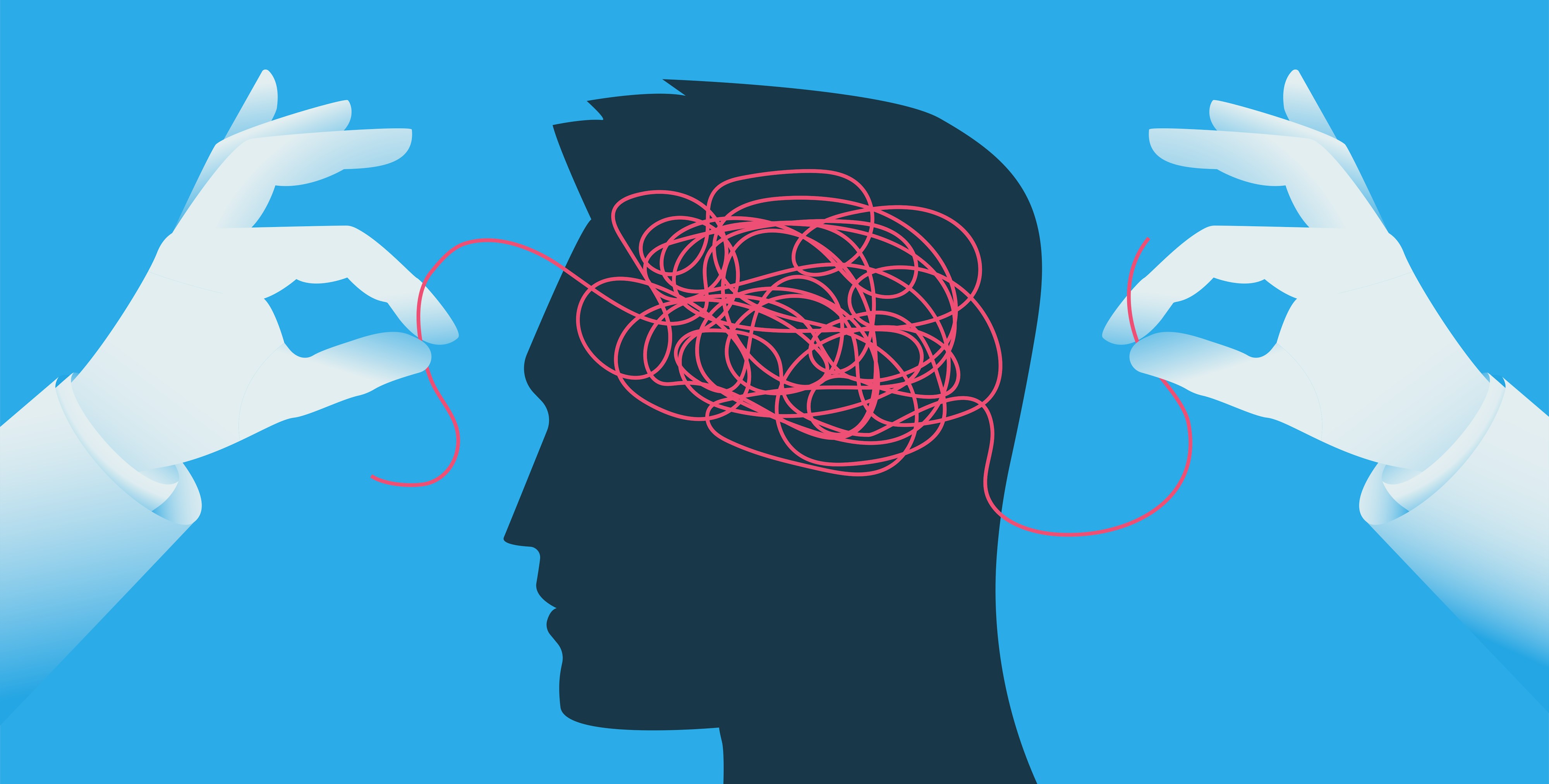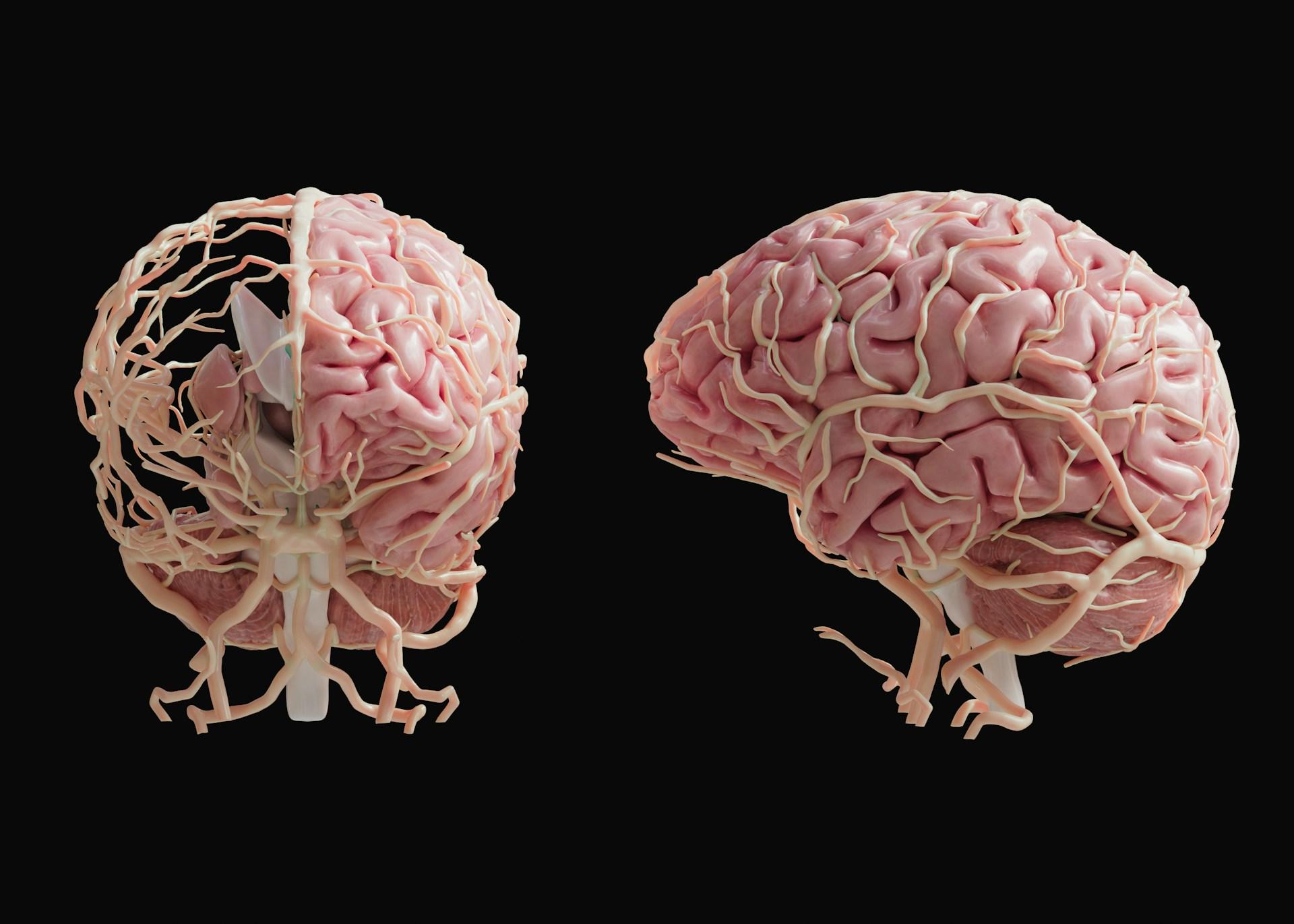Brain fog feels like thinking through mist. You know what you want to say, yet the right word slips away. You sit down to work and a simple task stretches into an hour of friction. You read the same sentence again and again with little to show for it. This is not laziness or a lack of character. It is a signal that the core systems that support clear thinking are out of tune. When fog rolls in, a day that should unfold with steady rhythm turns into a rescue mission. The solution is not to grind harder. The solution is to repair inputs and simplify load so the mind can do its job.
The first place you notice fog is the morning. Mornings set the tone for the day. If you wake after too little sleep or an erratic schedule, your attention is already scattered. You check your phone in bed and invite notifications into the only quiet minutes you have. By the time you open your laptop, your brain has traded deep focus for small hits of novelty. You feel behind before you start, so you try to catch up by doing everything at once. That rush dissolves your ability to hold a plan in your head, and the day begins to slide.
Working memory takes the next hit. Working memory is the short shelf where you keep a phone number long enough to dial, the next step in a task, or the point you have not said yet in a meeting. When that shelf shrinks, you lose your place. You jump from writing to email in the middle of a sentence. You walk into the kitchen and cannot remember why. You overcook dinner because a message pulled your attention for a minute. Small errors stack up, not because you do not care, but because the buffer that normally holds details has been overloaded.
Attention follows. Deep work needs a clear runway. Fog breaks that runway into short, bumpy segments. You start one thing, hit a patch of resistance, and bounce to something easier. The loop feels busy and even urgent, yet it does not produce much. At the end of the day you feel drained without the satisfaction of progress. That mismatch between effort and reward erodes motivation. You begin to doubt your ability to close loops, and that doubt becomes another layer of fog.
Time itself starts to warp. A task that usually takes twenty minutes now takes sixty. You underestimate hidden steps and overestimate your capacity. You squeeze commitments back to back, then arrive late and pay a social price. Rushing into the next obligation breeds mistakes, which then take more time to correct. Stress rises. Stress feeds more fog. Round after round, the loop tightens.
Food choices and hydration begin to drift with your state. You snack for a quick lift, forget to drink water, and delay real meals until you are starving. Then you overshoot with sugar or refined carbs. The spike delivers a brief burst of focus, followed by a crash that deepens the haze. You tell yourself that you are a low energy person. In truth, you are running on mistimed fuel and guesswork instead of steady nutrition.
Mood sits inside all of this. When every action takes more effort, irritability grows. You pull back from conversation because finding the right words feels costly. Jokes land flat. Ideas stay in your head. At work, this looks like disengagement. In relationships, it looks like distance. People read the signals and begin to assume that your capacity has shrunk, which chips away at confidence. Confidence is not bravado. It is the felt belief that your brain will respond when called. When you cannot trust recall on demand, you hesitate. You write and rewrite simple messages. You avoid tasks that require speed or precision. That avoidance looks like procrastination, and the cycle hardens.
Evenings take the final blow. After a day of friction, your mind craves relief. Screens offer easy escape. You scroll past midnight, nibble snacks, and push sleep later. Morning shrinks. The next day begins with a deficit that you try to outrun with caffeine and willpower. The pattern repeats until fog feels like your baseline.
Not all fog is behavioral. Sometimes it is a flag for real medical issues. Low iron, thyroid changes, perimenopause, sleep apnea, stimulant rebound, or long viral recovery can all muddy cognition. These are not problems that discipline can fix. They need testing, targeted care, and time. If your fog persists even after you improve sleep, fuel, and attention habits, it is wise to treat the symptom as a clue and speak to a clinician.
Repair begins with architecture. The goal is not to pack in more work. The goal is to remove friction and restore signal so that each unit of effort yields results. Start with sleep. Consistency beats novelty. Choose a ninety minute window for bedtime and stick to it. Wake at the same time every day, including weekends. Step into morning light, even if only at a window, to reset your internal clock. Delay caffeine until after the first meal and cut it eight hours before bed so it does not steal tomorrow’s clarity.
Next, steady your fuel. Front load protein and fiber at the first meal, add healthy fats for staying power, and hydrate early. Treat snacks as small, intentional meals. If a deep thinking block is coming, avoid a heavy carb load right before you start. Save it for after the block or after you move your body. These small timing shifts smooth the energy curves that otherwise pull you into highs and lows.
Design your attention like a sprinter plans races. Put two or three focused blocks on the calendar rather than six. Each block gets one objective and a clear finish line. Offload working memory to paper before and during the block. Write the next step rather than the full plan. When a stray thought arrives, send it to the page, not into action. Most people fail because they try to run four hour marathons of focus. Ninety minutes with a clean break builds momentum and gives the brain a chance to reset for the next effort.
Respect recovery as a skill. After a deep block, switch states. Stand up. Go outside. Look at a distant horizon to relieve screen strain. Do ten minutes of light movement. This is not indulgence. It protects the next block and preserves your limited supply of mental energy. End the workday with a short shutdown ritual. Choose tomorrow’s first action, clear the desk, pick clothes, and decide breakfast. Your brain sleeps better when it trusts the starting line will be ready.
Trim inputs that hijack mornings and invade deep work. Keep the phone out of the bedroom or use focus modes with strict whitelists. Delay news and chat until after your first block. If your job requires responsiveness, set reply windows and communicate them. Most things can wait for sixty minutes. True emergencies reveal themselves by persisting.
Use micro resets during the day to steer your state. Two minutes of box breathing can settle a racing mind. A handful of slow squats can wake up a sluggish one. A splash of cold water on the face can sharpen attention before a call. One short screen break to let your eyes focus at distance can relieve a headache before it starts. These tiny habits are not stunts. They are levers that nudge the nervous system without draining time.
Look honestly at stimulants and supplements. If caffeine is both the opener and closer of your day, you cannot see your true baseline. Taper to find it. Add back with intention. If you experiment with nootropics, change one variable at a time and pair it with a defined task window so you can tell what helps and what does not. Precision beats variety.
Protect social energy as carefully as you protect focus. Back to back calls without space erode recall and tone. Your voice will show fatigue before your mind admits it. Leave five minutes between meetings. Stand, move, drink water. If you lead a team, consider ending meetings ten minutes early by default. People will think better and like you more.
Finally, design the physical and digital environment to reduce friction. Clear the desk. Hide distracting icons on the desktop. Keep the to do list on paper within easy view. Make it harder to reach entertainment during deep work. If something is visible and easy, you will use it. If it is hidden and distant, you will not. Design usually beats discipline when energy is low.
Plan for rough days. A strong routine should survive poor sleep, travel, or stress. Keep a light version of your schedule for those times. Shorter blocks, simpler meals, more outdoor time, and fewer decisions. Postpone big choices until the next morning if you can. The aim is to protect momentum rather than force a heroic performance. If fog continues, investigate. Track symptoms with a few lines each day and look for patterns around your cycle, illness, or workload. Ask about sleep apnea if you snore or wake unrefreshed. Test iron, B12, vitamin D, and thyroid if fatigue persists. Clarity comes faster when you know what you are fixing.
The simple answer to how brain fog affects daily life is that it touches everything. Focus. Memory. Time. Mood. Confidence. The practical answer is that fog responds to structure. Sleep that is regular. Fuel that is timed. Attention that is protected. Inputs that are trimmed. Recovery that is active. This is not a motivational fix. It is a systems fix. Build a day that supports a clear mind, repeat it often enough for the new pattern to take hold, and clarity becomes your default again.











.jpg&w=3840&q=75)


